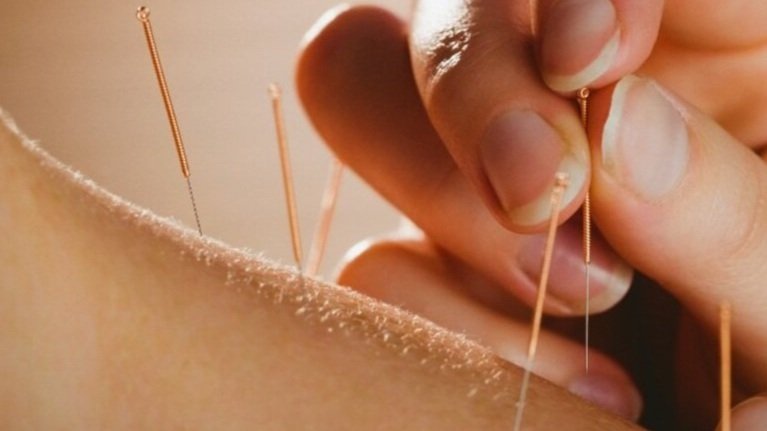
Dry Needling
For muscle aches and pains, used in conjunction with a range of hands on and exercise techinques to help fast track recovery.
Dry needling can be used to treat conditions such general muscle tightness, headaches, back pain, tennis elbow, hip pain and many more. Ask your physio on your next consult if dry needling can help you. Dry needling has been shown to be effective if you’ve benefitted from it in the past.
If you haven’t tried dry needling, it’s one of the options for managing your pain and restoring a healthy balance to muscles and joint pain.
We consider Dry Needling to be the western version of Acupuncture. While similarly using needles inserted into muscle, dry needling simply aims at the suspected trigger points in muscles and aims to reduce the tone in that muscle via a different neural pathway to hands on work. The available research suggests that if it’s worked for you in the past, that it is likely to work again, and vice versa. If you haven’t tried dry needling then it doesn’t take long and may be worth trialling at your next visit at Jenkins Physiotherapy.
For the past 20years we have used Seirin Japanese steel (see pic below) which is the best. The cheaper imitation brands often end up having blunt needles which can be painful for the client, and frustrating for the practitioner. The Serin needles have always been reliable and never blunt. They come in single use blister packs, and are disposed of in a sharps bin (see below) immediately after use. We would tend to use 4-5 needles per area depending on the complexity of the issue, and patients preference. We are very collaborative here at Jenkins Physiotherapy.
Different length needles for body parts. For the neck we would generally use 30mm needles, and generally be more gentle in approach as it is a very sensitive area, particularly around the sub-occipitals at the base of the skull which often contribute to cervicogenic headaches and connect in with the temporomandibular joints (jaw). We generally wouldn’t needle near the rib cage due to proximity to the lungs and small risk of causing a pneumothorax. It’s a personal choice to avoid this area, but not impossible. In the lumbar spine (low back) we would use 50mm needles and can be somewhat more aggressive if the presentation requires it. If the needles are needed near the thoracic lumbar region, we would tend to do this in side lying so the kidneys drop out of the way. In the glutes and in around back of the hip, needles may include the 50, 80 or even 100mm.
We really hope to see a twitch - defining trigger points (!) which lets us know that your central nervous system is aware of the needles.
Calf muscles, quadriceps, vastus lateralis and hamstrings tend to get the 50mm needles. Tennis elbow tends to get the 40mm needles and sometimes a technique called pecking will be used to try to trigger blood flow and subsequent healing process, though this is being done less now, with a focus on exercise rehabilitation to recondition the tendon relative to new research results. Some people like to get dry needling around the shoulder, however we find best results with hands on work. If needed needles may be used on the shoulder blade (scapula) with extreme caution to identify the borders and avoid going near the ribs and lungs.It is often used as a quicker way to release tight ‘knots’.
We find dry needling useful if the ‘knot’ is quite deep or resistant to release from many of the other soft tissue techniques and strengthening exercises we use as physiotherapists.
The needles we use are the finest quality Japanese steel, are single use, and individually packaged.
Dry needling works by stimulating the nerves which target pain, improve local circulation and release tension.
We find dry needling popular in managing conditions such as:
headaches
tennis or golfers elbow
tight shoulders
piriformis syndrome
groin tightness
calf tightness
back pain
Acupuncture however tends to work on energy systems and meridians based on eastern medicine. You may find needles placed along various parts of your body to satisfy energy flow and release tension. This is more commonly performed as part of Chinese medicine.
